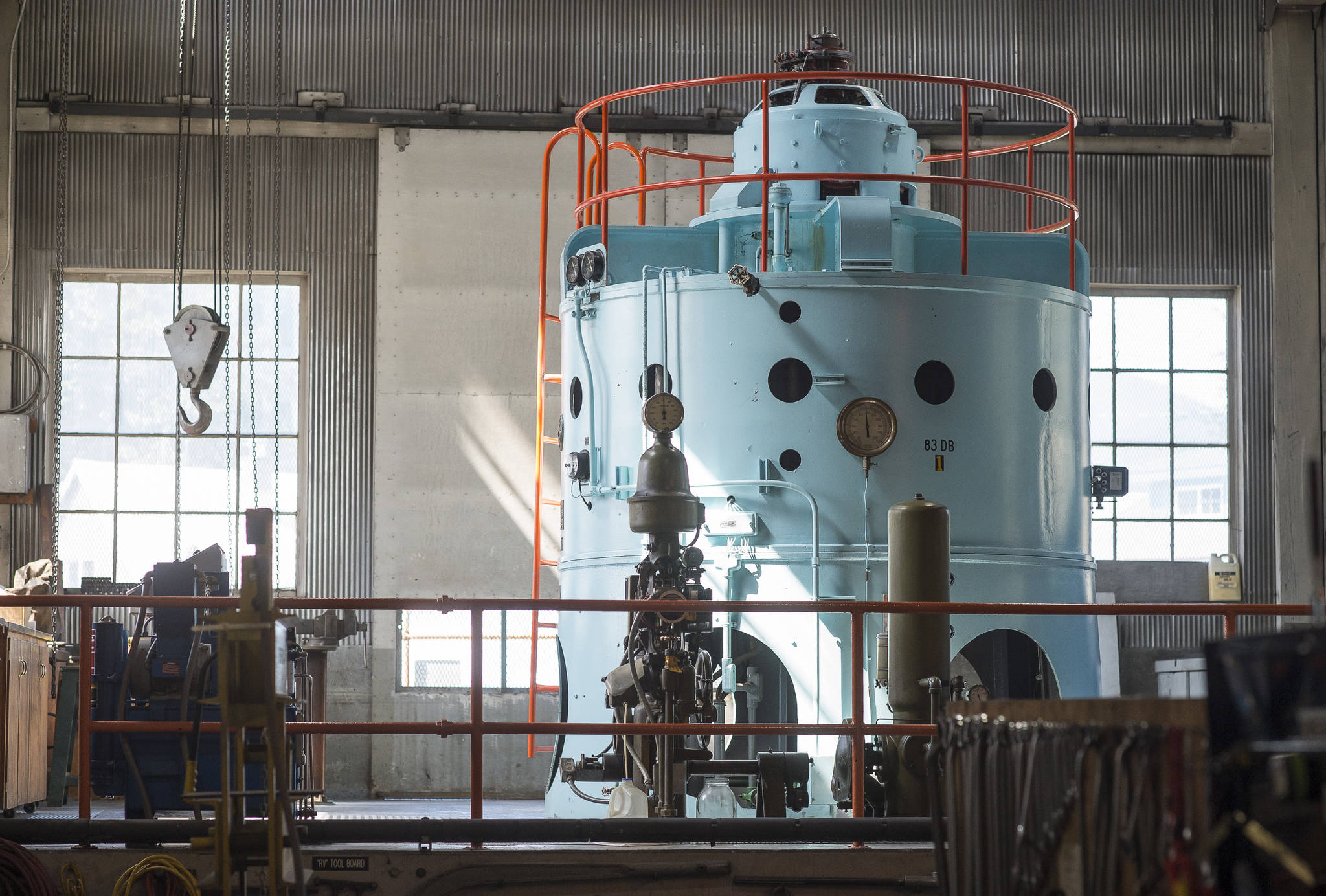A warm, wet autumn so far has helped Southeast Alaska claw its way back from a long rain deficit that’s plagued the region, scientists said.
“The entire Southeast Alaskan drought is a long time in the making,” said Brad Rippey, a climate meteorologist with the U.S. Department of Agriculture during a telephone interview. “In the last month or two we’ve seen a dramatic increase in precipitation.”
The copious rainfall has put this year ahead of average by 13 inches so far, said Bryan Farrell, a systems engineer- mechanical for Alaska Electric Light & Power. However, the Juneau region experienced a rainfall deficit of over 30 inches over the last few years, and it might take more than one good autumn to fix that, Farrell said.
[Single-vehicle crash leaves young woman and teenager dead, 2 young men seriously injured]
“It’s really going to be a function of precipitation and temperature,” Farrell said.
If it stays warm enough that most of the precipitation comes as rain and goes to the reservoirs, it could go a long way toward making up for the deficit, Farrell said. But if it falls as snow and accumulates above the frost line, it won’t add to the lakes.
Good news for those following #SEAKdrought! Conditions have improved over the vast majority of the area though the long term precipitation deficit remains. #akwx @KTOOpubmedia @KRBDRadio @KFSK1 @KSTKradio @KHNS_FM @ravenradio pic.twitter.com/38xRXqsOC2
— NWS Juneau (@NWSJuneau) November 21, 2019
“For Alaska, one of the big things is hydroelectric power generation,” Rippey said. “That’s where we’re at with that, watching some of the lingering hydro issues.”
Juneau’s power is primarily generated through hydroelectric means when the water levels are high enough. When they’re not, power comes from diesel generators, which are more expensive to run and have a much greater environmental impact.
November has been a particularly good month for rainfall in the Southeast, Rippey said, owing to conditions out at sea generating a lot of rain.
[Immature eagle injured on Egan improving incrementally]
“The water across most of the northern Pacific has turned very warm in recent months,” Rippey said. “It’s been lashing southeastern Alaska with some pretty good storms.”
Rippey said that some areas have gotten between 20-40 inches of rain in just the last 30 days, which has removed many of the areas outside Juneau from being designated as being under drought conditions.
Farrell said that AEL&P will make the call to restore power to interruptible customers on a month by month basis, but has not decided to do so yet.
Interruptible power sales help reduce the cost of power for other customers, according to AEL&P.
• Contact reporter Michael S. Lockett at 757-621-1197 or mlockett@juneauempire.com.

